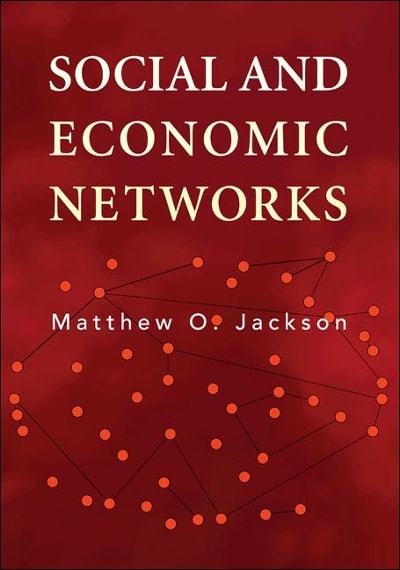Question
Steven Schmidt (1994) conducted a series of experiments examining the effects of humor on memory. In one study, participants were given a mix of humorous
Steven Schmidt (1994) conducted a series of experiments examining the effects of humor on memory. In one study, participants were given a mix of humorous and non humorous sentences and significantly more humorous sentences were recalled. However, Schmidt argued that the humorous sentences were not necessarily easier to remember, they were simply preferred when participants had a choice between the two types of sentence. To test this argument, he switched to an independent-measures design in which one group got a set of exclusively humorous sentences and another group got a set of exclusively non humorous sentences. The following data are similar to the results from the independent-measures study.
| HumorousSentences | Nonhumorous Sentences | ||||||
| 4 | 5 | 2 | 4 | 6 | 3 | 5 | 3 |
| 6 | 7 | 6 | 6 | 3 | 4 | 2 | 6 |
| 2 | 5 | 4 | 3 | 4 | 3 | 4 | 4 |
| 3 | 3 | 5 | 3 | 5 | 2 | 6 | 4 |
Use a two-tailed test with = .05.
What is the critical t?
What is the lower bound of the 90% confidence interval?
Althoughdf= 34,df= 30 must be used because of Table B.2.
What is the upper bound of the 90% confidence interval?
What is the lower bound of the 90% confidence interval?
Step by Step Solution
There are 3 Steps involved in it
Step: 1

Get Instant Access to Expert-Tailored Solutions
See step-by-step solutions with expert insights and AI powered tools for academic success
Step: 2

Step: 3

Ace Your Homework with AI
Get the answers you need in no time with our AI-driven, step-by-step assistance
Get Started


